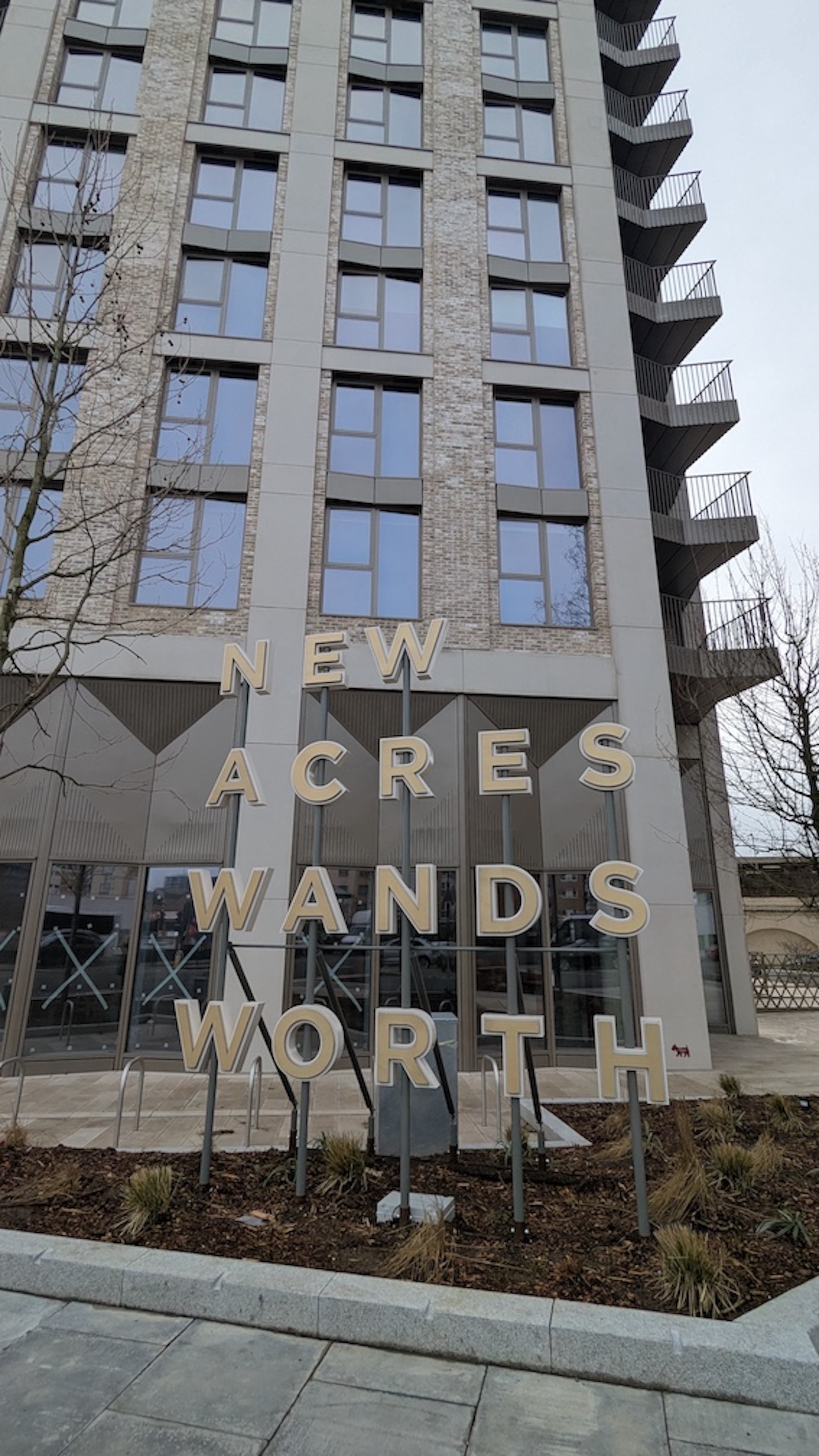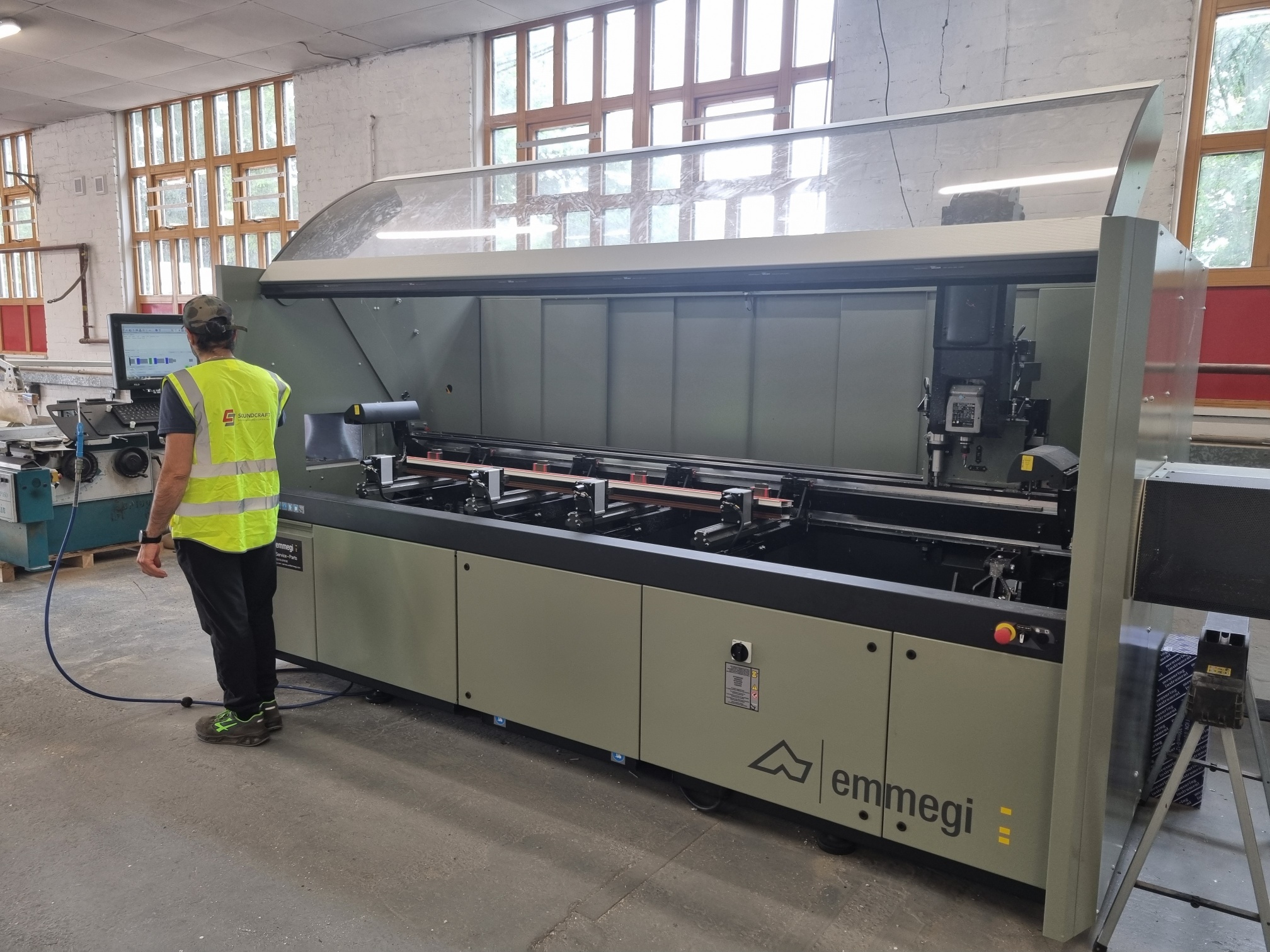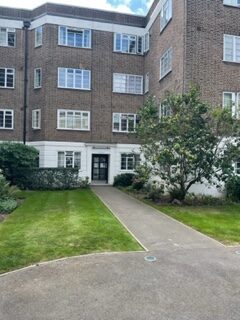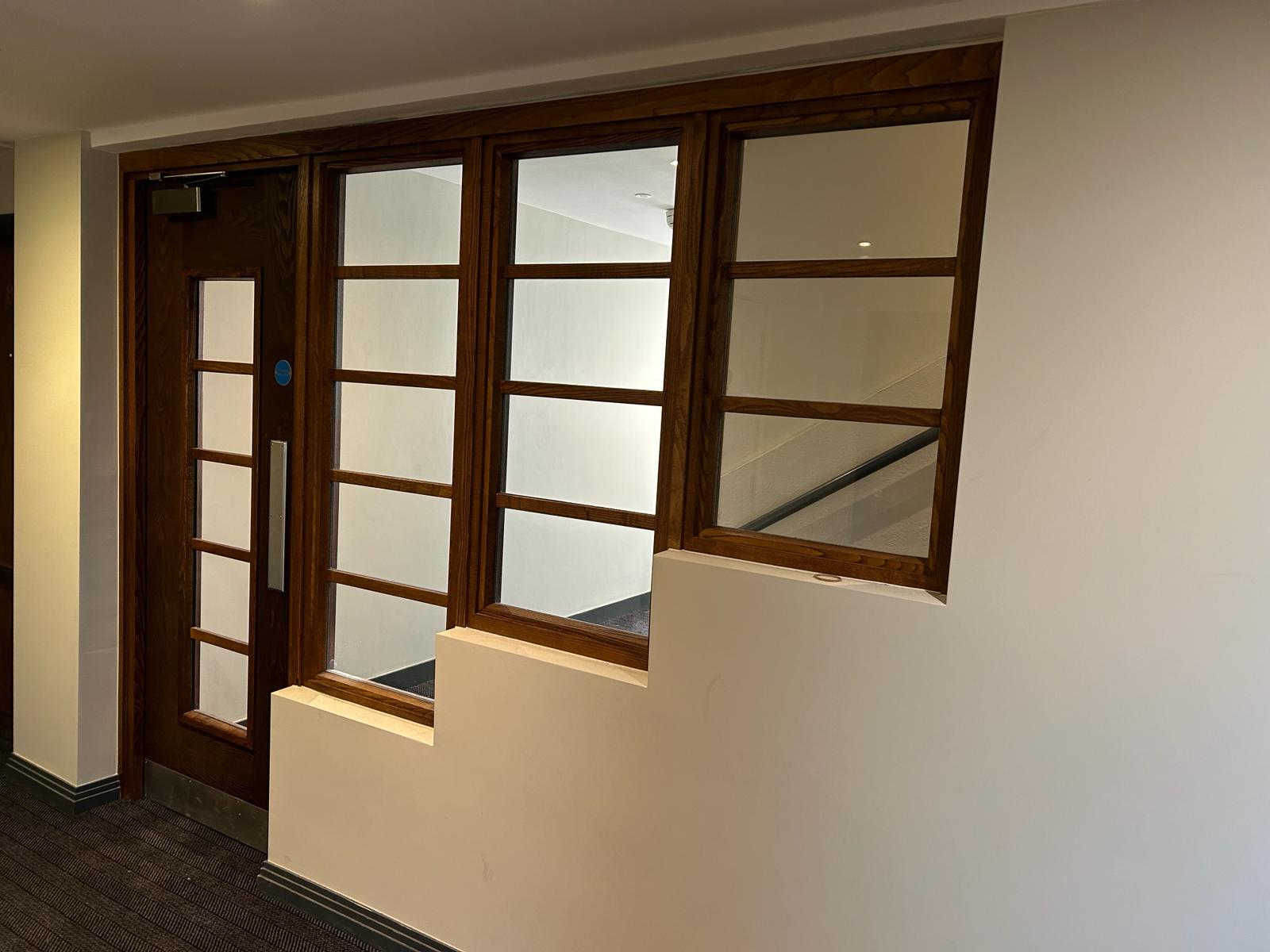Glazed panels play an important role in security doors. On its own, a panel designed for security purposes does not make a door secure – but it contributes to the performance of the product as a whole. Glazing may be seen as a ‘weak spot’, but it provides much-needed visibility for occupants and building users that can aid their security.
The timber doors and screens in Soundcraft’s Portcullis range are available with laminated glass or wired glass, and polycarbonate can also be specified. The glazing options are the same as those used in other products, including Secured by Design-rated doors.
The width of the glazed panels is a maximum of 125mm, impeding vandals or potential intruders. They are set in clear silicone and retained with security screws.
Laminated glass
The most common glazing option, laminated glass is 6.4mm thick. It is made of up of two layers of float glass held together by a plastic-based intermediate layer, an arrangement that makes it suited to safety glass as well as security glass.
The two sheets of glass can be held together so well that the entire pane has to be pushed out by anybody trying to break it. While that is effective at inhibiting vandals/intruders, the downside is that it doesn’t make much noise – something that can be a useful early warning.
6.4mm is the typical thickness for laminated glass; anything beyond that needs to be specified from an early stage in consultation with the door manufacturer. It is recommended to work with the manufacturer to make sure the chosen laminated glass has been assessed to a standard appropriate to the intended application.
Polycarbonate
Well-suited to situations where burglary or vandalism are highly likely, polycarbonate is a particularly robust and durable option. Its high impact resistance means it is even used for police riot shields, among other things.
However, polycarbonate has a low scratch resistance, so it has to be treated to make it hard coat. A further treatment is the addition of UV stabilisers to improve its resistance to UV exposure. Both are obviously critical for a communal entrance door or screen that will be subjected to a variety of weather.
The specification of the right type of glazing in a timber door and/or screen can be an important deterrent, resisting attempts at vandalism or – if intruders are determined to gain entry – slowing them down and making it more difficult.
Soundcraft pioneered the ‘portcullis’ style of timber door and screen, and it has been used successfully in hundreds of social housing projects. They also provide surveying and installation services to ensure the best results from communal security door specification.
For more details, contact our technical team on 0800 988 1875 or email technical-sales@soundcraft-doors.co.uk




